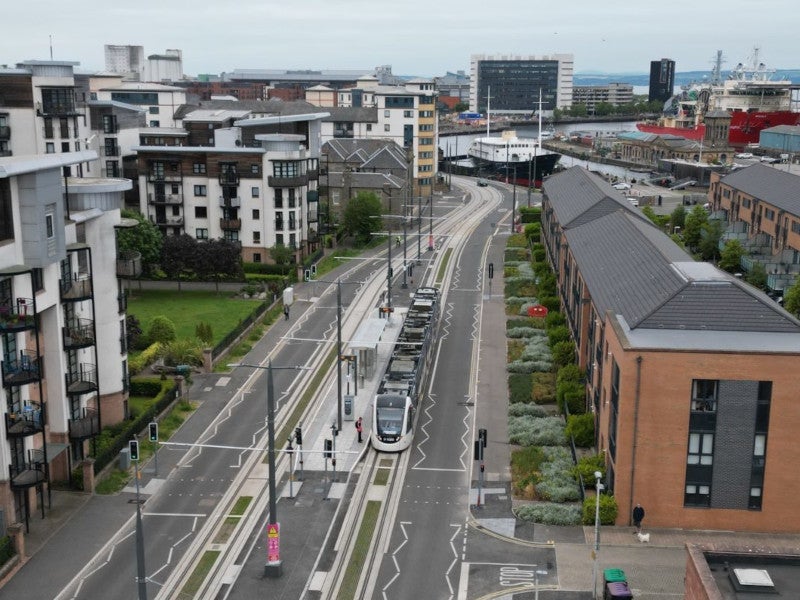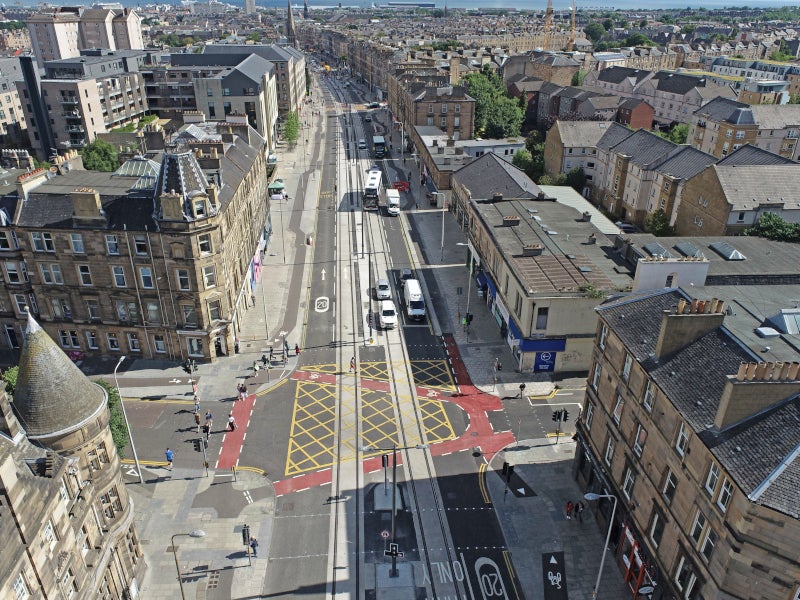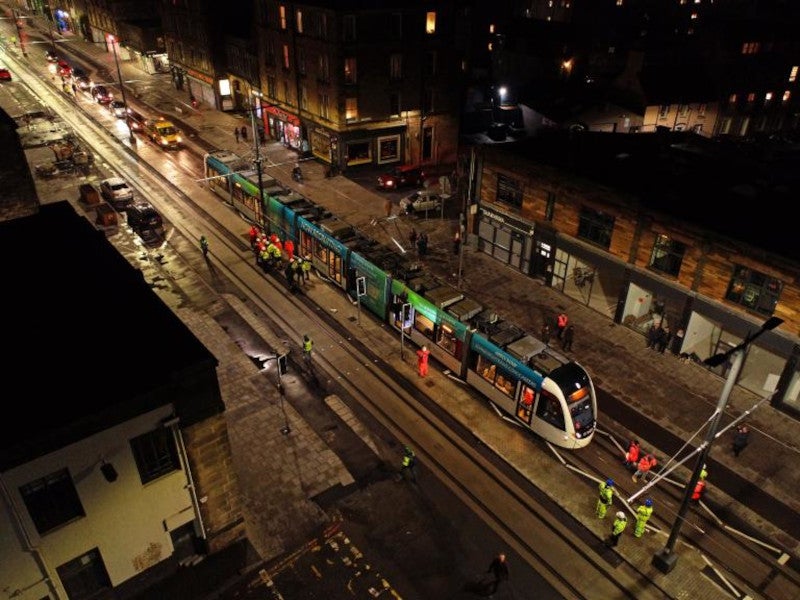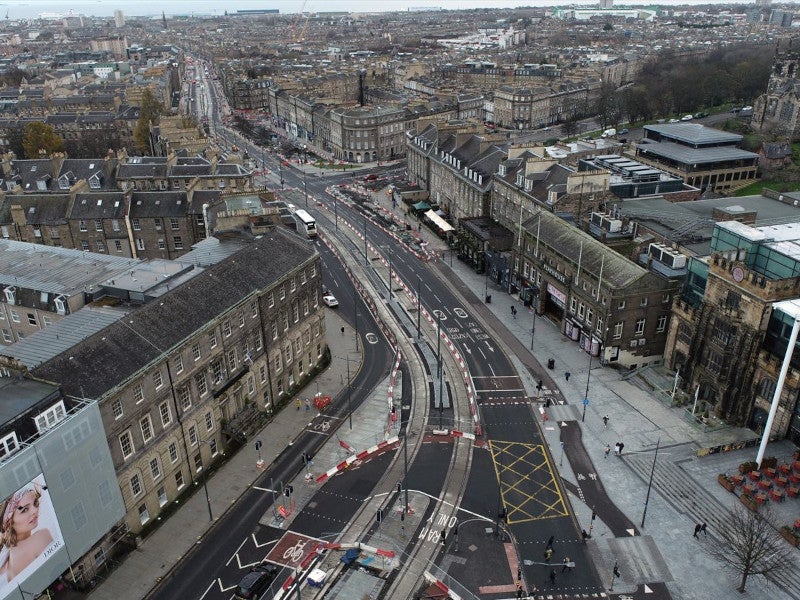The Trams to Newhaven project, also known as the Edinburgh Tram York Place to Newhaven project, is a 4.69km extension of the 14km-long Edinburgh tram network to Newhaven, Scotland.
The Edinburgh tram system previously started at Edinburgh Airport and ended at the city centre. The extension extended the line to the northeast of the city, offering a connection to Leith and Newhaven.
The project provides locals with access to high-capacity light rail that is complemented by the existing bus service along the route. It also offers connections to significant job and transportation centres along the route.
The estimated budget of the project was £207.3m ($251.37m). The extension to Newhaven was approved by the City of Edinburgh Council in March 2019. Construction of the project began in November 2019. Passenger service on the tram extension to Newhaven began in June 2023.
Trams to Newhaven project details
The trams to Newhaven project added 2.91 miles (4.69km) of track in dual directions.
The new double-track line added eight stops. Two substations were installed to provide traction power for the whole route expansion. The project completed the initially planned Phase 1a of the Edinburgh tram network.
The existing temporary terminus at York Place was decommissioned to facilitate the extension to Newhaven. A new tram stop was built at Picardy Place to replace the York Place stop. The remaining seven stops along the route include McDonald Road, Foot of the Walk, Balfour Street, Constitution Street/Bernard Street, Port of Leith, Ocean Terminal and Newhaven.
The route of the extension comprises a combination of shared and segregated on-street running. The project also included modifications to junctions at Picardy Place and London Road to facilitate safe tram operations and general traffic movements.
Rolling stock details
Edinburgh Trams operates a fleet of 27 Urbos low-floored trams manufactured by CAF. With a length of 42.8m (140ft 5in), the trams are the longest in the UK. The existing fleet was deemed sufficient for the extension project and hence no new trams were added.
Each tram can accommodate 250 passengers, including 78 seated, 170 standing and two wheelchairs.
The Urbos tram has a multi-purpose module that can be utilised as a sitting space (in-line or face-to-face), an area for passengers with reduced mobility, an area with flip-up seats, or a baggage module.
Benefits of the tram extension
The tram extension completely aligns with the Edinburgh Local Transport Strategy, which highlights the need for enhanced links to the city centre to facilitate the sustainable regeneration of Edinburgh Waterfront.
It supports all the vision outcomes outlined in the Council’s transportation policy, Transport 2030 Vision, which lays emphasis on encouraging cycling, walking and public transportation.
The extension opens a significant portion of the city to encourage housing development and create job prospects, with the help of high-capacity public transportation.
It also helps in reducing air pollution by offering efficient, sustainable transportation solutions.
Contractors involved in the project
Siemens Mobility was awarded the contract to provide electrification, supervisory control and data acquisition, telecommunications, as well as tram and road traffic signalling for the project in July 2020.
A joint venture (JV) comprising Sacyr, Farrans and Sacyr’s subsidiary Neopul was awarded the contract for the design, construction, system integration, testing and commissioning of the extension of the Edinburgh tram line. The contract also included public realm improvements as part of the project.
The JV worked closely with Turner and Townsend, Morrison Utility Services and the council to complete the extension.
Turner and Townsend provided procurement and contract development support, construction management, project management, cost management, as well as controls and performance management. Morrison Utility Services was engaged as the utility’s contractor.
Anturas Consulting, an infrastructure management consulting company based in Edinburgh, was appointed as the project director and specialist procurement advisor.











